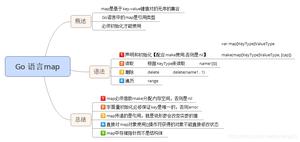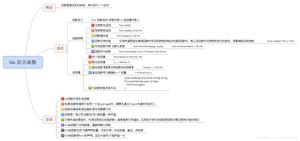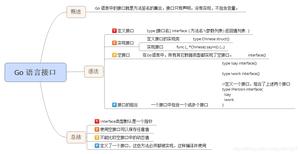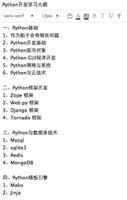python语法31[引用和拷贝]

If an object’s value can be modified, the object is said to be mutable. If the value cannot be modified,the object is said to be immutable.
mutable 可变类型,例如 list,set,自定义类型(等价于C#中的引用类型);
immutable 不可变类型,例如string,numbers等(等价于C#中的值类型);
一 引用和拷贝(references and copies)
当程序中使用=赋值操作符时,例如a=b,
对于不可变的对象,a作为b的一个拷贝被创建,a和b将指向不同的内存地址,a和b相互独立。
def TestCopy():
a = 10
b = a
a =20
print (b) #b still is 10
但是对于可变的对象,a作为b的一个引用被创建,a和b的元素公用相同的内存地址,a和b的元素共享。
def TestRef():
a=[1,2,3,4]
b=a #b is a reference to a
print (b is a) # True
b[2] = -100 #change an element in b
print (a) # a also changed to [1,2,-100,4]
二 深拷贝和浅拷贝(shallow copy and deep copy)
为了避免可变对象指向同一个对象,必须创建一个新的拷贝,而不是引用。
在python中可以对容器对象(例如lists和dictionaries)使用两种拷贝:浅拷贝和深拷贝。
浅拷贝创建一个新的对象,但是使用原来对象的元素的引用(如果是不变类型,相当于是拷贝)来填充新对象。可以使用copy.copy()来实现浅拷贝。
def TestShallowCopy():
a = [ 1, 2, [3,4] ]
b = list(a) # create a shallow copy of a
print (b is a) #False
b.append(100) #append element to b
print (b)
print (a) # a is unchanged
b[2][0] = -100 # modify an element inside b
print (b)
print (a) # a is changed
在这个例子中,a和b共享相同的可变元素。所以修改其中一个list对象中的元素,另一个list对象也会被修改。
深拷贝创建一个新的对象,同时递归地拷贝对象所包含的所有的元素。可以使用copy.deepcopy()来实现深拷贝。
def TestDeepCopy():
import copy
a = [1, 2, [3, 4]]
b = copy.deepcopy(a)
b[2][0] = -100
print (b) # b is changed
print (a) # a is unchanged
在这个例子中,a和b是对立的list对象,且他们的元素也相互独立。
三 引用计数和垃圾回收
python中的所有的对象都是引用计数的,一个对象赋值或加入容器时,它的引用计数就会自增,当使用del时或变量赋值为其他值时,引用计数就会自减,当引用计数为0时,python的垃圾回收器就会回收该变量。
def TestGarbageCollection():
import sys
print(sys.getrefcount(37))
a = 37 # Creates an object with value 37
print(sys.getrefcount(37))
b = a # Increases reference count on 37
print(sys.getrefcount(37))
c = []
c.append(b) # Increases reference count on 37
print(sys.getrefcount(37))
del a # Decrease reference count of 37
print(sys.getrefcount(37))
b = 42 # Decrease reference count of 37
print(sys.getrefcount(37))
c[0] = 2.0 # Decrease reference count of 37
print(sys.getrefcount(37))
TestGarbageCollection()
运行结果为:
11
12
13
14
13
12
11
为啥一上来就有11个引用了呢?谁知道?
参考:Python ESSENTIAL REFERENCE (Fourth Edition)的第三章 Types and Objects -> References and Copies
完!
以上是 python语法31[引用和拷贝] 的全部内容, 来源链接: utcz.com/z/389189.html






